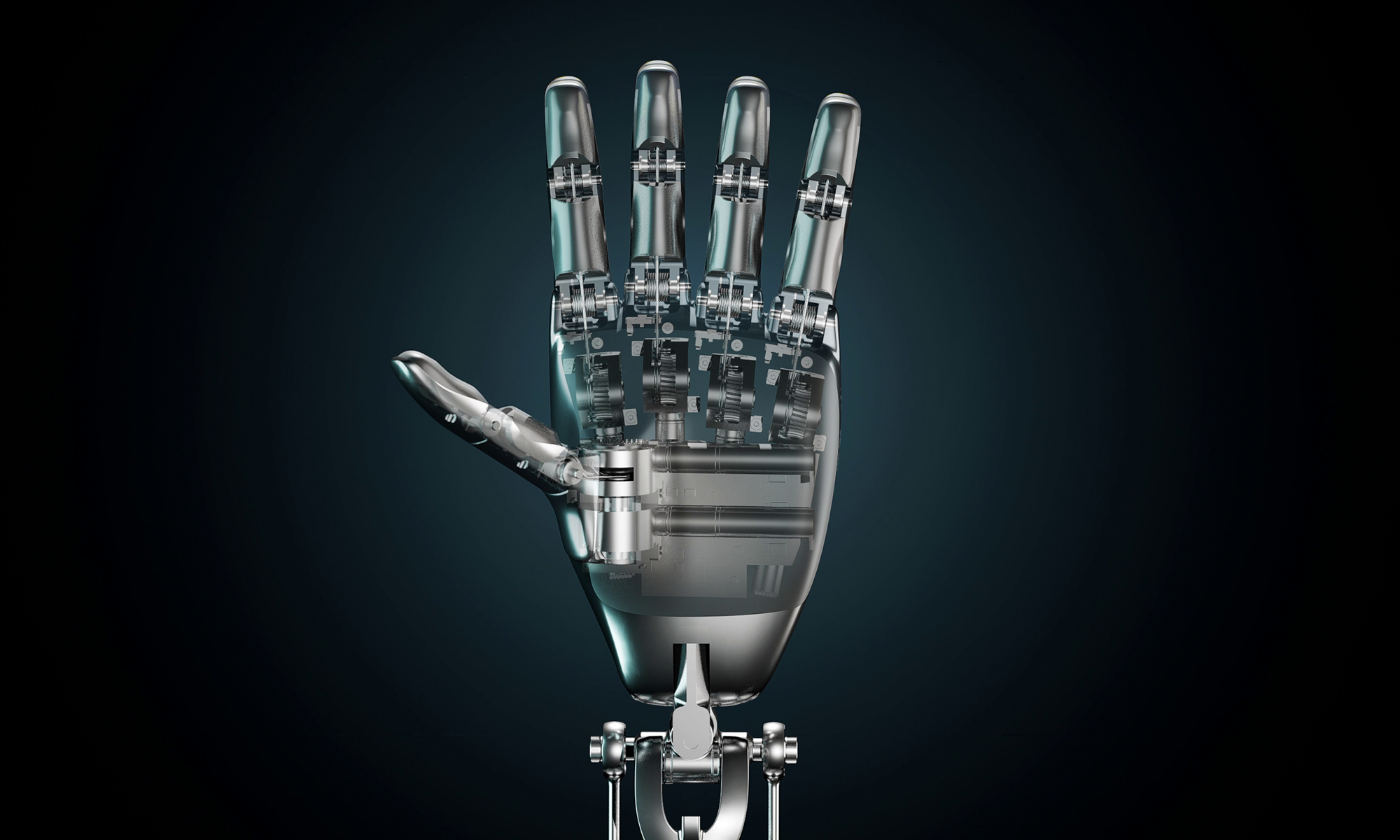Last October, Tesla (TSLA 2.08%) began delivering every vehicle with upgraded cameras and sensors for its driver-assist Autopilot system. These "hardware 2" cars, as Tesla calls them, benefit from eight cameras, 12 updated ultrasonic sensors, a forward-facing radar, and a new computer with over 40 times the computing power of Tesla's previous Autopilot system.
So far, though, Tesla's new Enhanced Autopilot isn't much better than the standard Autopilot in Tesla's hardware 1 cars. Indeed, Tesla's Enhanced Autopilot in its hardware 2 cars was initially severely lagging the capabilities of hardware 1 cars. However, Enhanced Autopilot is finally about to see some significant progress, Tesla CEO Elon Musk said this week.

Image source: Author.
Enhanced Autopilot is about to "advance very rapidly"
When Tesla first announced the upgraded Autopilot hardware for all of its vehicles (including the upcoming Model 3), Tesla warned that hardware 2 cars would initially lack Autopilot features for hardware 1 cars.
Teslas with new hardware will temporarily lack certain features currently available on Teslas with first-generation Autopilot hardware, including some standard safety features such as automatic emergency braking, collision warning, lane holding and active cruise control. As these features are robustly validated we will enable them over the air, together with a rapidly expanding set of entirely new features.
It's been a tough transition away from Mobileye's vision chip in Tesla's hardware 1 cars to its internal vision system with its October 2016-released second-generation Autopilot hardware, Musk admitted during Tesla's annual shareholder meeting this week.
Now, however, he says the better-equipped hardware 2 cars should exceed the capabilities of its first-generation Autopilot vehicles with the next over-the-air software update for Enhanced Autopilot, which could be released as soon as next week, Musk predicted.
Looking beyond next week's update, he said he expects the capabilities of its hardware 2 cars to "advance very rapidly."
The goal is still autonomous driving
Looking ahead, investors at the shareholder meeting were reminded that the ultimate goal with its hardware 2 cars is to enable fully autonomous driving. And Tesla wants to demonstrate this ability this year. "Our goal remains being able to drive autonomously from a parking lot in California to a parking lot in New York without touching a control at any point along the way," Musk said. Tesla is aiming demonstrate this cross-country trip by the end of this year, he said last month. Furthermore, he recently clarified that Tesla is planning for the demonstration to be capable of handling the route even it were changed dynamically. In other words, Tesla wants the software to be ready to handle more than a specific route.

Hardware 2 Tesla. Image source: Tesla.
Of course, a demonstration of a fully autonomous cross-country road trip by the end of the year doesn't mean Tesla owners can expect their vehicles to drive themselves this soon. The point at which Tesla's software and local jurisdictions enable autonomous driving in a Tesla is approximately two years away, according to Musk. Tesla is also careful to note on its website that regulatory approval of self-driving functionality "may vary widely by jurisdiction."
It has already released a video of a Tesla driving itself on a variety of road types. But a Tesla that can successfully drive itself across the country would represent a key milestone in the electric-car company's development of its self-driving software.






